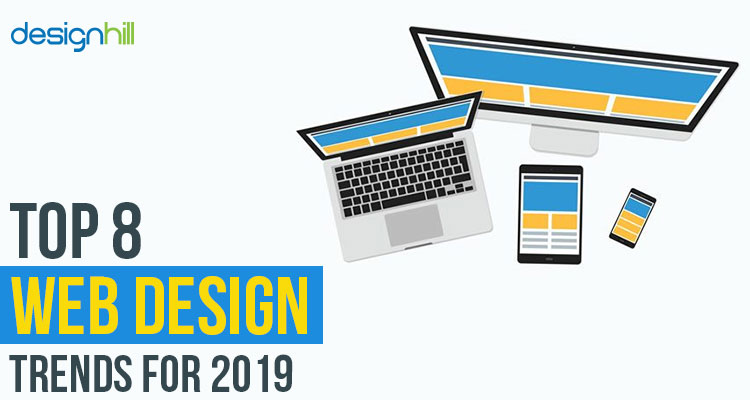Prepare To Trip With Time And Uncover Just How Internet Sites Have Actually Become Much More Advanced, Easy To Use, And Visually Stunning
Prepare To Trip With Time And Uncover Just How Internet Sites Have Actually Become Much More Advanced, Easy To Use, And Visually Stunning
Blog Article
Created By-Rasmussen Dalby
In the past, sites were basic and concentrated on information. Navigating was straight, and layout was for desktop computers. Now, customer experience is essential. Data overviews styles for simple navigation. Receptive formats suit various tools. Today, dark setting lowers pressure, and minimal food selections enhance navigation. Interactive functions engage individuals, and vibrant visuals stand out. AI combination increases involvement. See how layout has advanced to enhance your on the internet trip.
Very Early Days of Web Design
In the early days of web design, simplicity preponderated. Websites were fundamental, with restricted colors, font styles, and formats. The focus got on giving info instead of showy visuals. Individuals accessed the internet through sluggish dial-up links, so speed and performance were essential.
Navigating food selections were straightforward, typically situated on top or side of the page. Sites were designed for desktop computers, as mobile browsing had not been yet prevalent. Web content was king, and developers focused on easy readability over complicated design elements.
click here was the key coding language used, and designers needed to function within its restraints. Computer animations and interactive functions were marginal contrasted to today's criteria. Sites were fixed, with little dynamic web content or personalized individual experiences.
Increase of User-Focused Layout
With the advancement of internet site design, a shift towards user-focused layout principles has actually become significantly prominent. Today, creating internet sites that focus on customer experience is essential for involving site visitors and achieving service goals. User-focused style involves recognizing the requirements, preferences, and habits of your target market to customize the web site's layout, material, and features accordingly.
Developers now carry out extensive study, such as individual studies and usability screening, to gather insights and feedback straight from customers. This data-driven approach helps in creating user-friendly navigating, clear calls-to-action, and visually attractive interfaces that reverberate with visitors. By positioning the individual at the center of the style process, internet sites can supply a much more individualized and pleasurable experience.
Receptive layout has also become an essential element of user-focused style, ensuring that sites are optimized for numerous devices and screen dimensions. This flexibility boosts ease of access and use, accommodating the diverse means customers communicate with websites today. Basically, the increase of user-focused layout signifies a change in the direction of producing electronic experiences that prioritize the demands and assumptions of the end customer.
Modern Trends in Website Design
Explore the latest fads shaping web design today. One noticeable fad is dark setting style, supplying a sleek and contemporary appearance while minimizing eye strain in low-light settings. Another key pattern is minimalist navigating, simplifying food selections and improving user experience by focusing on essential elements. Integrating micro-interactions, such as animated switches or scrolling results, can create a more interesting and interactive website. Receptive design continues to be critical, making certain smooth individual experiences throughout various gadgets. Furthermore, using strong typography and unbalanced designs can add visual rate of interest and accentuate details content.
Integrating AI technology, like chatbots for client support or individualized suggestions, enhances individual engagement and streamlines procedures. Accessibility has additionally end up being a considerable trend, with developers prioritizing inclusive style practices to satisfy varied user needs. Welcoming sustainability by maximizing website efficiency for rate and effectiveness is an additional arising pattern in web design. Working together with customer feedback and information analytics to iterate and improve style constantly is essential for staying relevant in the ever-evolving electronic landscape. By embracing these modern patterns, you can produce a visually appealing, easy to use website that reverberates with your audience.
Conclusion
As you reflect on the evolution of website design from the early days to now, you can see just how user-focused design has become the driving pressure behind contemporary patterns.
Embrace https://timesofindia.indiatimes.com/spotlight/iit-delhis-certificate-programme-in-digital-marketing-will-help-you-drive-effective-digital-strategies/articleshow/89299789.cms of modification and adaptation in web design, always keeping the customer experience at the forefront.
Stay present with the most recent trends and modern technologies, and never quit developing your method to produce aesthetically stunning and straightforward internet sites.
Develop, adapt, and create - the future of web design is in your hands.
